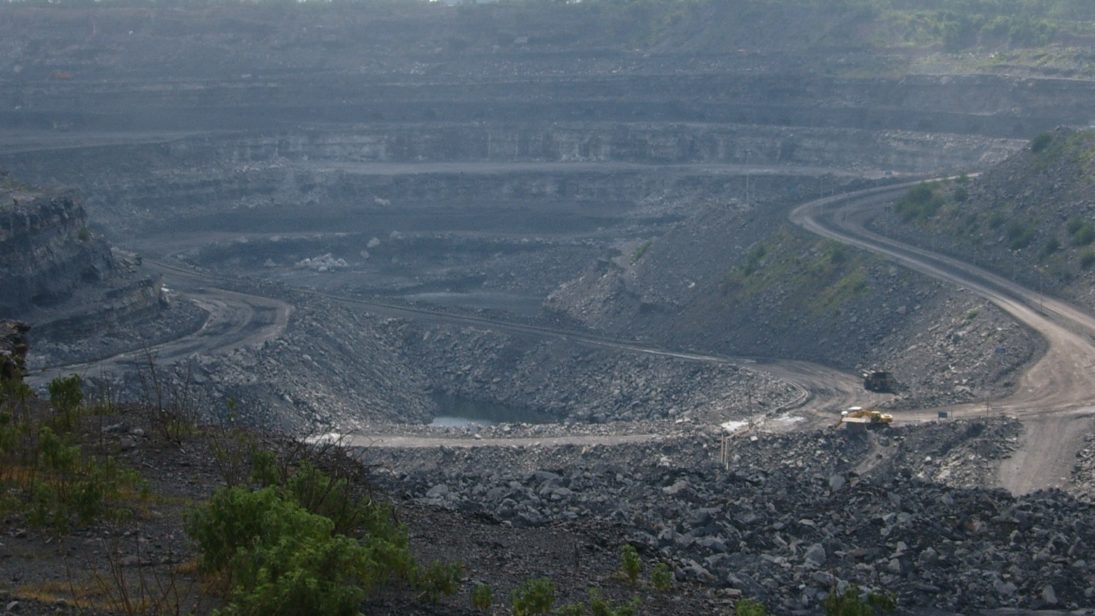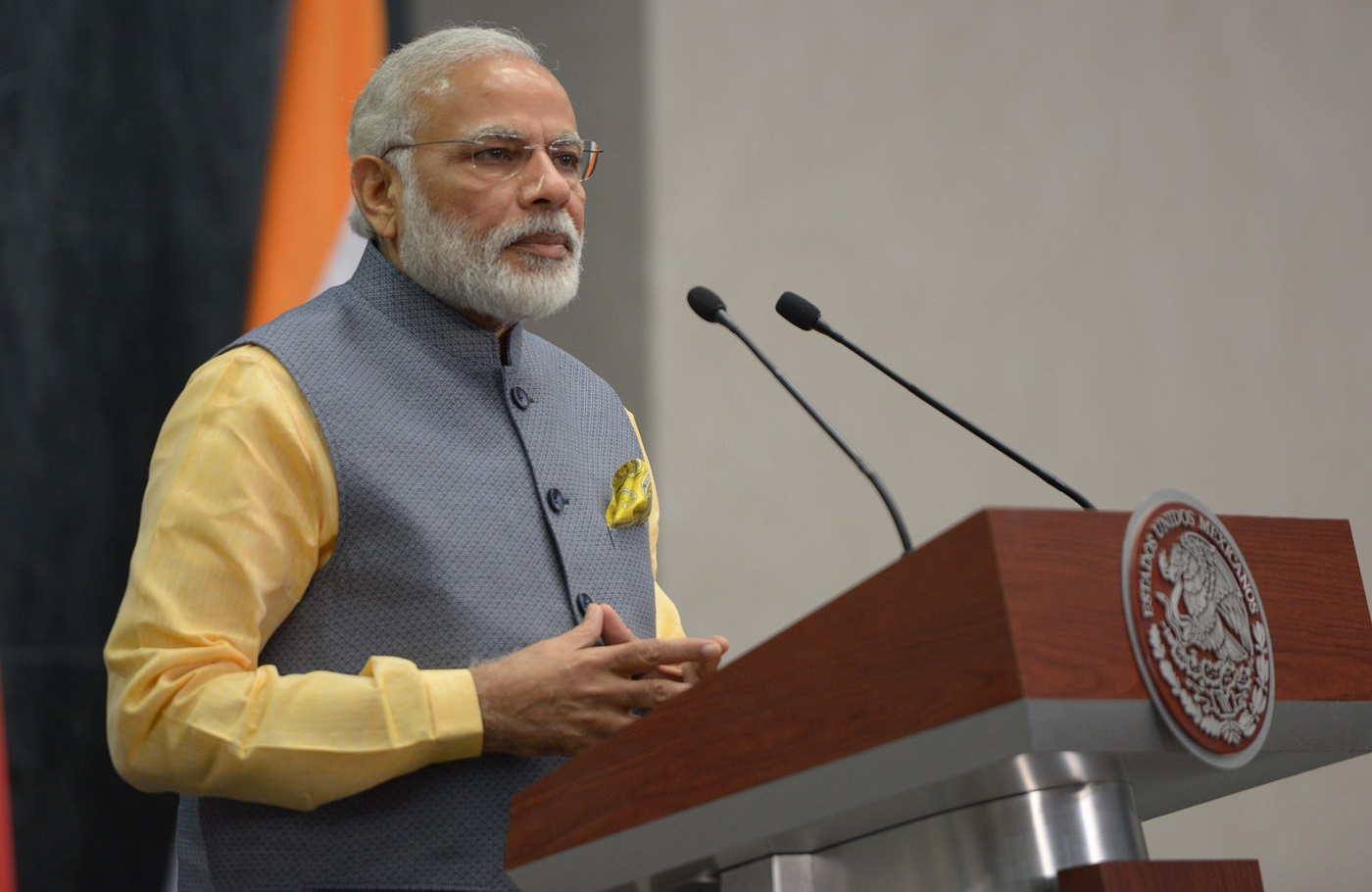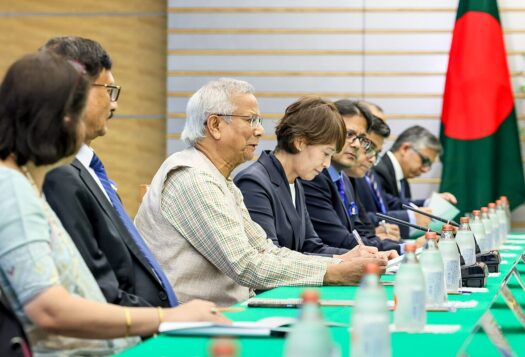
With India’s ratification of the Paris climate agreement, which entered into force last week, the government will have to find the best possible alternatives to conventional energy resources. This is especially important considering that India’s coal power capacity has more than tripled from 5.6 GW per year in 2007-08 to 19.5 GW in 2014-15, with harmful effects for the environment, and in 2015-16, India’s crude oil dependence went up from 78.5 percent to 81 percent. Coal-bed methane (CBM) could be a cleaner non-conventional alternative to harness coal reserves.
Benefits of CBM
CBM is natural gas from coal, and CBM production entails capturing methane gas from deep within coal deposits. It is considered a non-conventional source because CBM extraction emits little carbon dioxide, and has a lower calorific value than natural gas. Additionally, CBM production is commercially viable, with countries like the United States and Australia leading the world in this process. Since India has the world’s fifth largest coal reserves, it can harness them for CBM production while also ensuring lower carbon emissions.
Policy Framework
In July 1997, the Indian government prepared a policy for the exploration and production of CBM in India through the allocation of blocks by a simple competitive international bidding system. Under this system, the government offers blocks with different technical and geographical specifications for exploration and production to interested parties. Generally, these parties are private national and international companies, which bid for a specific block. The company which places the highest bid is allotted that particular block. The model for the exploration and production of CBM was based on a production sharing contract (PSC), as in the case of oil and gas. The Ministry of Petroleum and Natural Gas (MoPNG) was appointed as the administrative authority by the government, and the Directorate General of Hydrocarbons (DGH) was appointed as the agency for promoting CBM in India. Some of the salient features of India’s CBM policy include a seven-year tax holiday provision, freedom to sell gas in the domestic market, and an exemption on customs duties for imported equipment.

Areas of Concern
Almost two decades since the unveiling of India’s CBM policy, it is disappointing to note that India’s CBM development has been quite poor. Although 33 blocks were awarded for development, 17 of these blocks have been relinquished by the concerned companies. The firms’ decision to relinquish these blocks highlights several areas of concern surrounding India’s CBM potential that it must resolve in the near future.
One concern is the bureaucratic difficulty in initiating CBM exploration. Before CBM exploration can even occur, around 30 different statutory clearances are required to be taken by the contractor from different agencies. According to companies involved in this sector, this long and tedious process of obtaining safety and environmental clearances must preferably be managed by a single authority.
A second concern is the laying down of pipelines and other necessary infrastructure. For efficient utilization of CBM, an integrated pipeline network is required. Currently, trucks are being used as primary mode for transporting the gas from one point to another. According to the petroleum ministry, there are no pipelines to evacuate the CBM produced from the blocks of Jharia, Bokaro and North Karanpura.
A third concern is that CBM produces large volumes of water during the initial stages to lower the pressure in coal seams. The water released may consist of high saline content making it unsuitable to be released into the local water ecosystems. Thus, the proper disposal of this water is a major issue. The United States has addressed this issue by using techniques to treat the water before discharge, and putting into place a permit system and other statutory compliances if the water is to be discharged to a surface stream.
A fourth concern is the acquisition of technologies needed for effective CBM exploration. For example, gathering, sampling, and evaluating different geographical and seismic data is necessary for assessing the potential of a block with respect to drilling and exploration. However, the policy prepared by the government states that preference shall be given to Indian goods and services subject to quality, timely availability, and competitive prices, which could hamper exploration if those are not the best options available. The policy also states that preference shall be given to foreign companies which agree to transfer technology to domestic companies, a policy that creates its own delays and complications.
A fifth concern is that CBM blocks sometimes overlap with coal blocks given to different companies. The major reason for this is that CBM is found in the same block as coal but in vertically separated horizons, which creates the overlapping of hydrocarbon resources. The current framework has done little to resolve this issues, which has led to contentious legal disputes and delays of CBM production.
Charting a Future for Improved CBM Production
With these areas of concern in mind, it is clear that India must overhaul its CBM policies in several substantive ways. A new policy should should sort through overlapping claims between coal mining and CBM licenses. A new policy should also emphasize the creation of a comprehensive and robust transportation network. As of now, it is proving to be very difficult to transport CBM from the production unit to the consumer outlet, which has lowered the profitability of CBM for producers. A new policy should also address issues with respect to disposal of water and laying down of pipelines. Finally, a new policy should reduce bureaucratic redundancies and inefficiencies in order to ensure smoother coordination between the different governmental agencies involved.
***
Image 1: Nitin Kirloskar, Flickr (cropped)


